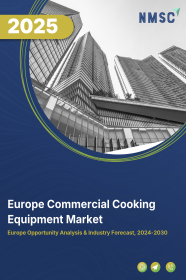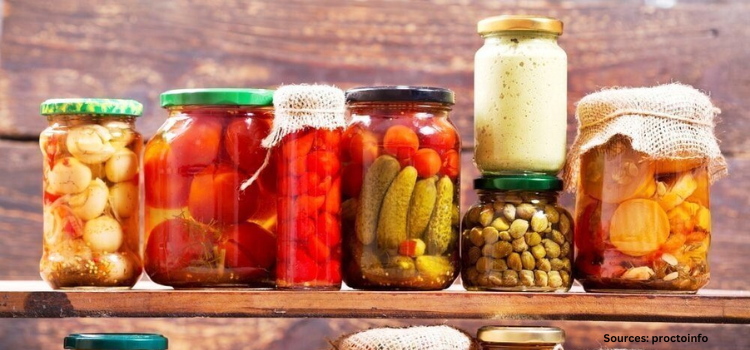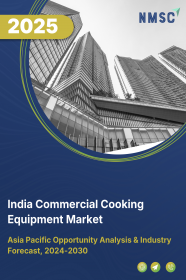
India Commercial Cooking Equipment Market by Product Type (Broilers, Grills and Griddles, Cook Chill Systems, Refrigerators, Ovens, Dishwashers and Others), by Size (Small-Scale Equipment, Medium-Scale Equipment and Large-Scale Equipment), and by End-User (Full-Service Restaurants, Quick Service Restaurants, Catering, Railway Dining, Resorts & Hotel, Hospitals and Others)- Opportunity Analysis and Industry Forecast, 2024– 2030
Industry: Retail and Consumer | Publish Date: 17-Mar-2025 | No of Pages: 113 | No. of Tables: 80 | No. of Figures: 45 | Format: PDF | Report Code : RC2940
US Tariff Impact on India Commercial Cooking Equipment Market
Trump Tariffs Are Reshaping Global Business
India Commercial Cooking Equipment Market Overview
The India Commercial Cooking Equipment Market size was valued at USD 545.9 million in 2023, and is predicted to reach USD 1020.2 million by 2030, at a CAGR of 8.8% from 2024 to 2030. In terms of volume, the market size was 80 thousand units in 2023, and is projected to reach 187 thousand units by 2030, with a CAGR of 12.2% from 2024 to 2030.
Commercial cooking equipment encompasses a variety of appliances and tools crafted for professional kitchens in restaurants, hotels, and catering businesses. Designed for efficiency and safety, this equipment is built with durable materials to endure continuous use, reducing downtime and ensuring a seamless kitchen workflow.
Modern designs emphasize energy efficiency, helping businesses lower utility costs and environmental impact. Investing in top-tier hospitality cooking equipment is essential for maintaining smooth operations, enhancing competitiveness, and boosting profitability in the food service industry.
Rise of QSRs and Cloud Kitchens Driving Commercial Cooking Equipment Market
The proliferation of Quick-Service Restaurants (QSRs) and the advent of cloud kitchens are pivotal factors accelerating the growth of commercial cooking equipment market. As consumer preferences shift towards convenience and digital ordering platforms, QSRs and cloud kitchens are expanding rapidly across urban centers. For instance, Burgerino, a new burger brand launched by Cheesiano Pizza in May 2023, exemplifies this trend by entering India's USD 4.17 billion QSR market.
Initially focusing on cloud kitchens before expanding to physical stores, Burgerino underscores the importance of specialized cooking equipment like multi-functional appliances and conveyor ovens. These technologies are crucial in optimizing space and enhancing operational scalability in high-demand environments.
Expansion of HoReCa Sector Propelling Growth in India Commercial Cooking Equipment Market
The robust of the hotel, restaurant, and cafe/catering (HoReCa) sector is a significant catalyst driving the India commercial cooking equipment market expansion. According to the Federation of Hotel and Restaurant Associations of India, the HoReCa industry contributes approximately USD 78 billion annually to India's economy, representing over 7% of the country's Gross Domestic Product (GDP).
This sector's expansion is fueled by increasing urbanization, rising disposable incomes, and changing lifestyles, which drive demand for dining out and foodservice experiences. As hotels, restaurants, cafes, and catering businesses strive to meet evolving consumer expectations, there is a growing need for advanced cooking equipment to ensure efficiency, quality, and consistency in food preparation and service.
Stringent Regulatory Requirements and Compliance Standards Hinder the Market Growth
Stringent regulatory requirements, such as the International Food Standards (IFS) and the Food Safety Modernization Act (FSMA), pose significant challenges for businesses investing in new food service equipment. These regulations, enforced by governmental agencies and industry associations, mandate specific protocols for food handling, storage, and preparation to ensure safety and compliance.
Non-compliance can lead to penalties and reputational damage. Moreover, meeting emissions standards necessitates investments in ventilation and filtration systems, increasing complexity and costs.
These regulatory burdens, combined with the financial strain of purchasing compliant equipment and ongoing maintenance, particularly impact small and medium-sized enterprises (SMEs). Ultimately, these challenges hinder the adoption of new cooking equipment, constraining the India commercial cooking equipment market growth and expansion in the food service industry.
Integration Of Advanced Technologies in CCE Creates Future Market Prospects
Integration of advanced technologies like smart cooking appliances, IoT-enabled kitchen equipment, and automation solutions will drive increased demand for hospitality cooking equipment in forthcoming years.
These innovations enhance efficiency, productivity, and sustainability by enabling precise monitoring, real-time data analysis, and automation of repetitive tasks in food service operations. This integration not only optimizes cooking processes and improves food quality but also supports sustainable practices by reducing energy consumption and waste.
Competitive Landscape
The key market players operating in the India commercial cooking equipment industry include Udai Kitchen Equipment, Thomson & Thomsons Kitchen Equipment, Royal Equipments, Apollo Kitchen Equipments, AB Electrolux, RM Kitchen Equipment, The Grafyt, KookMate, Varsha Kitchen, Hadala Kitchen Equipment, and others.
India Commercial Cooking Equipment Market Key Segments
By Product Type
-
Broilers
-
Grills and Griddles
-
Cook Chill Systems
-
Refrigerators
-
Ovens
-
Dishwashers
-
Others
By Size
-
Small-Scale Equipment
-
Medium-Scale Equipment
-
Large-Scale Equipment
By End-User Industry
-
Full-Service Restaurants
-
Quick Service Restaurants
-
Catering
-
Railway Dining
-
Resorts & Hote
-
Hospitals
-
Others
Key Players
-
Udai Kitchen Equipment
-
Thomson & Thomsons Kitchen Equipment
-
Royal Equipments
-
Apollo Kitchen Equipments
-
AB Electrolux
-
RM Kitchen Equipment
-
The Grafyt
-
KookMate
-
Varsha Kitchen
-
Hadala Kitchen Equipment
REPORT SCOPE AND SEGMENTATION:
|
Parameters |
Details |
|
Market Size in 2023 |
USD 545.9 Million |
|
Revenue Forecast in 2030 |
USD 1020.2 Million |
|
Growth Rate |
CAGR of 8.8% from 2024 to 2030 |
|
Market Volume in 2023 |
80 thousand Units |
|
Market Forecast in 2030 |
187 thousand Units |
|
Volume Growth Rate |
CAGR of 12.1% from 2024 to 2030 |
|
Analysis Period |
2023–2030 |
|
Base Year Considered |
2023 |
|
Forecast Period |
2024–2030 |
|
Market Size Estimation |
Million (USD) |
|
Market Volume Estimation |
Thousand Units |
|
Growth Factors |
|
|
Companies Profiled |
10 |
|
Market Share |
Available for 10 companies |
|
Customization Scope |
|
|
Pricing and Purchase Options |
Avail customized purchase options to meet your exact research needs. |









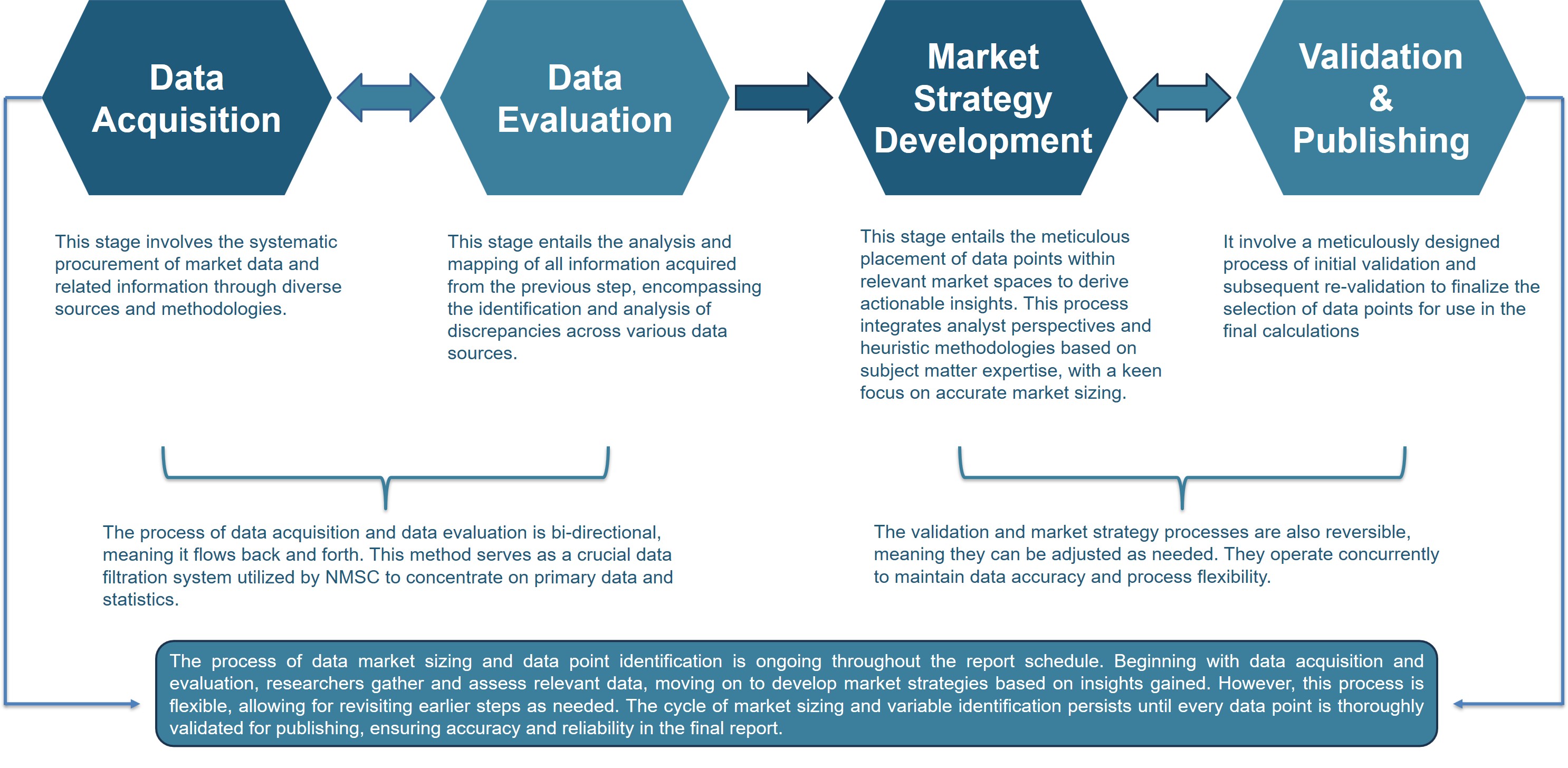



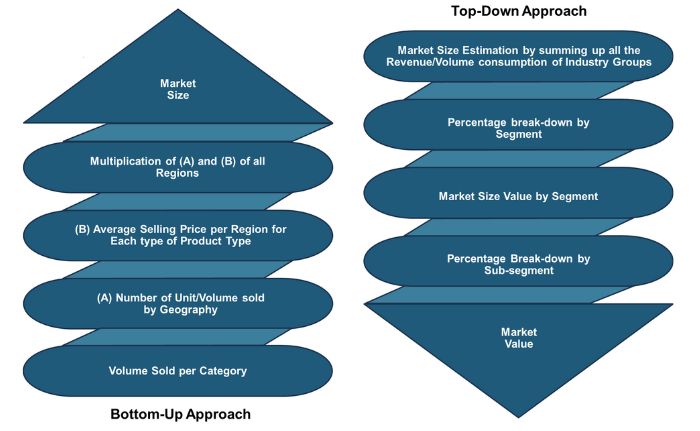
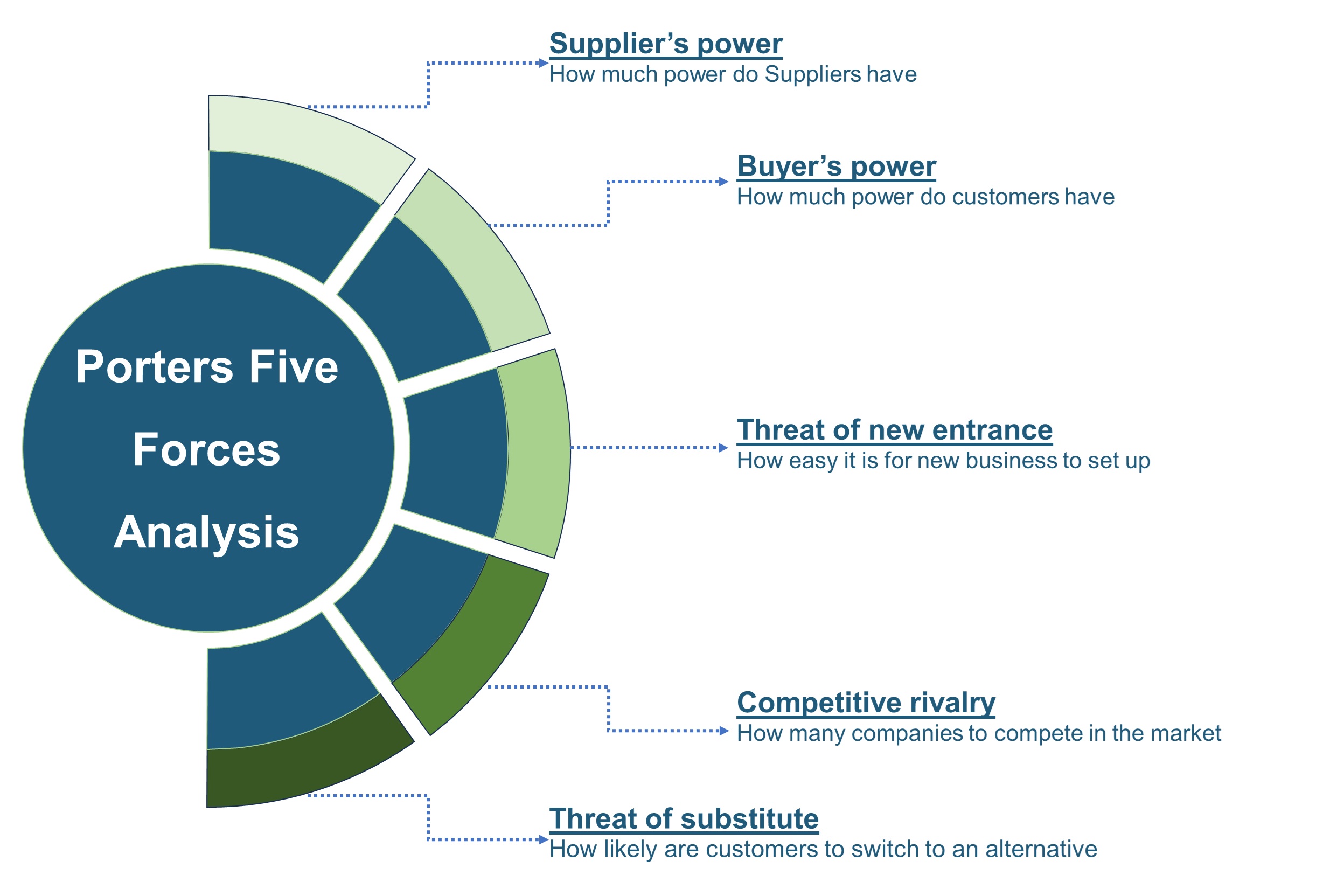
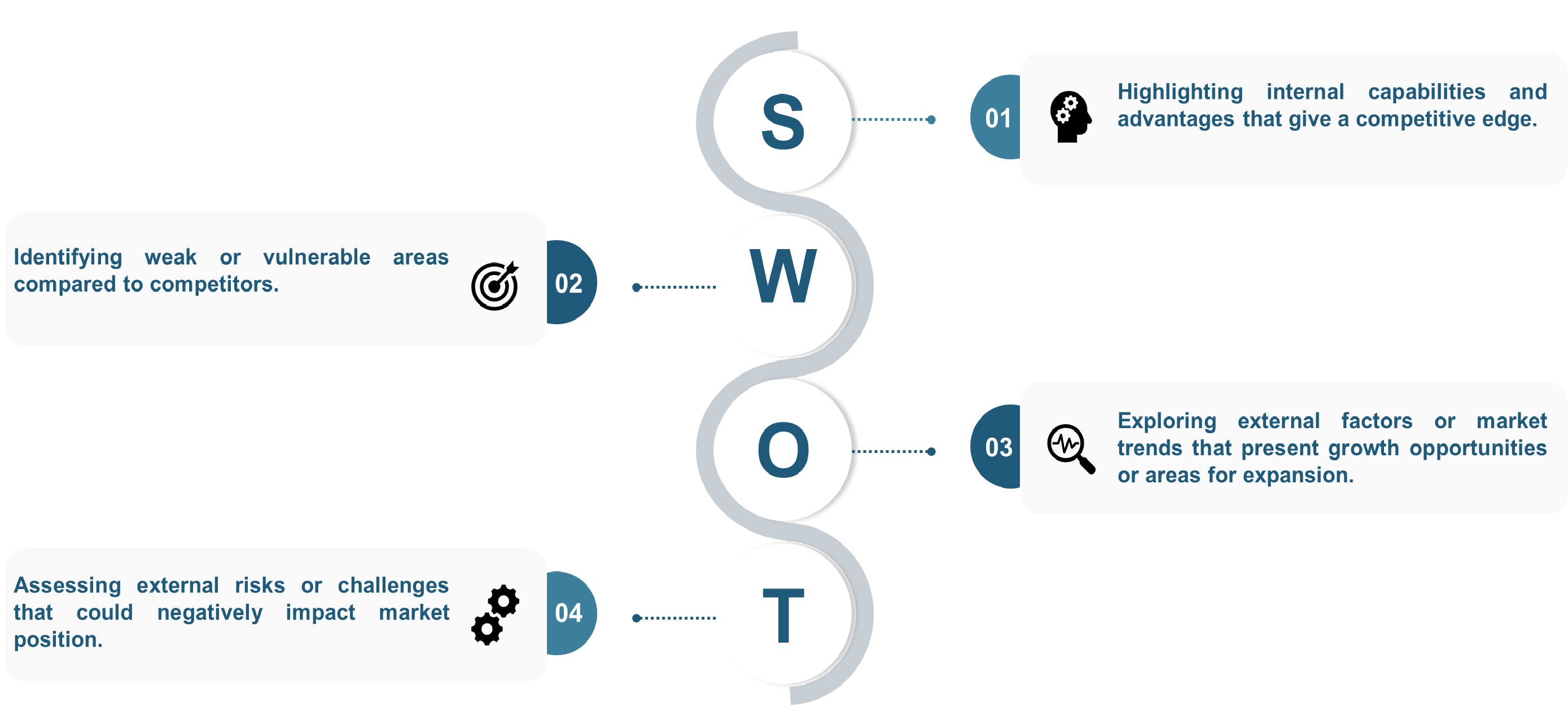
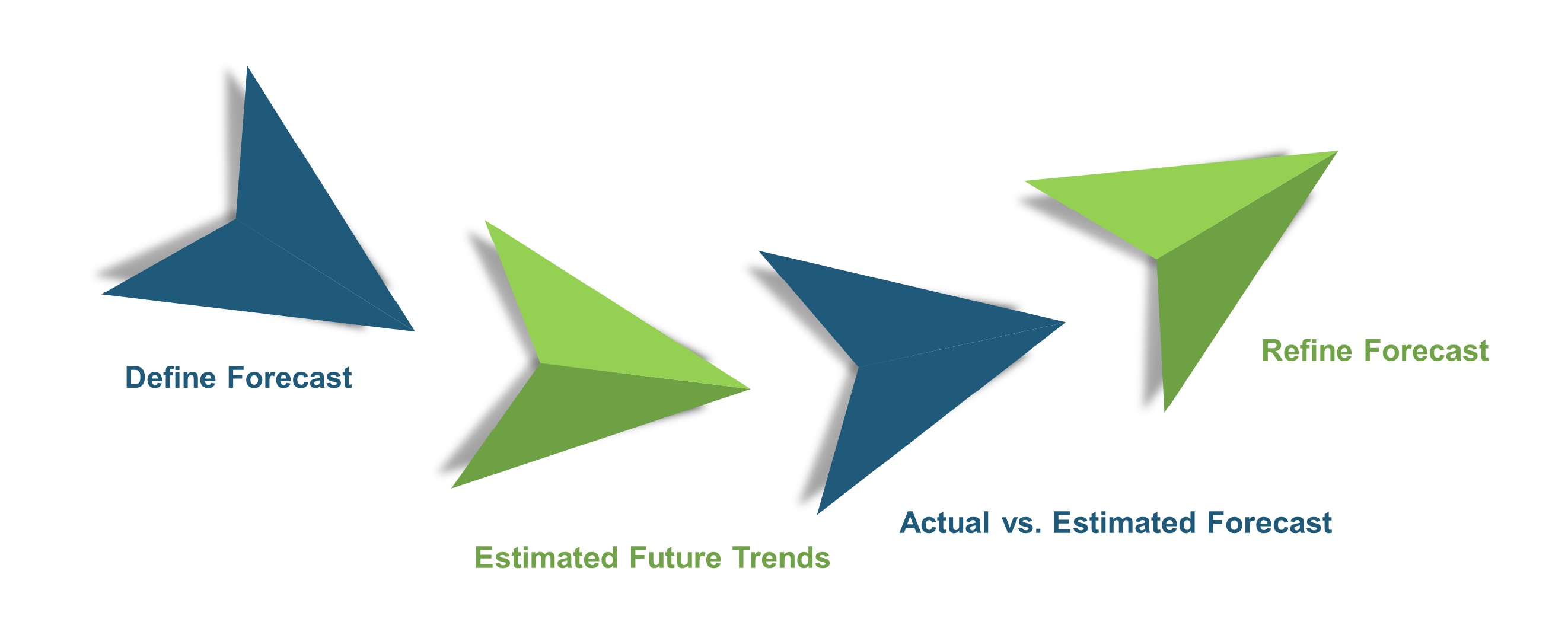
 Speak to Our Analyst
Speak to Our Analyst





